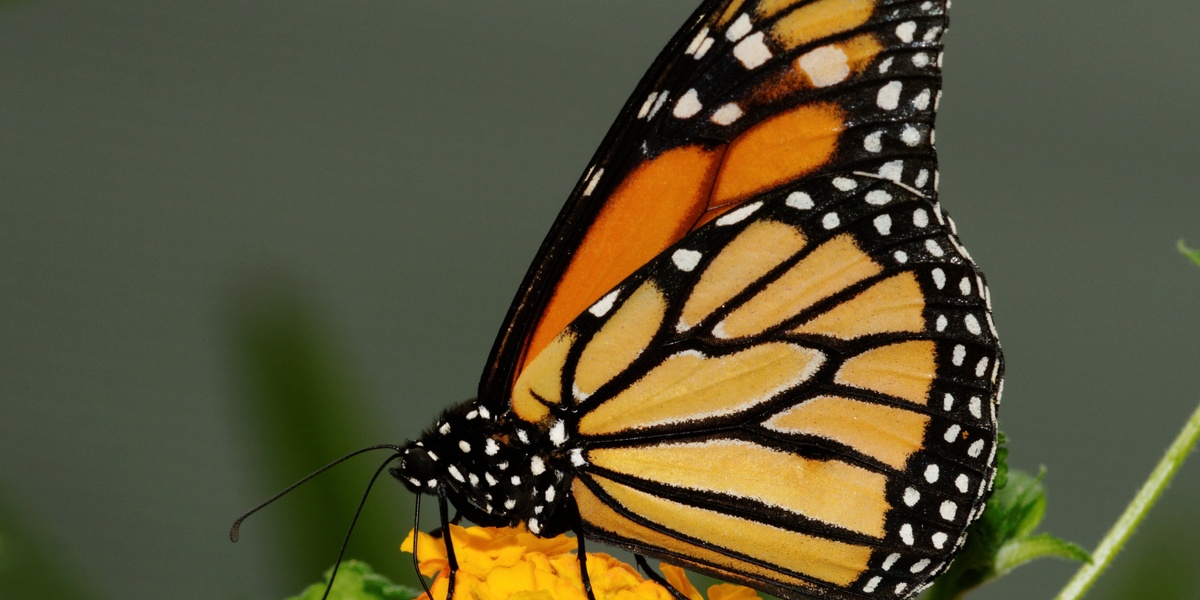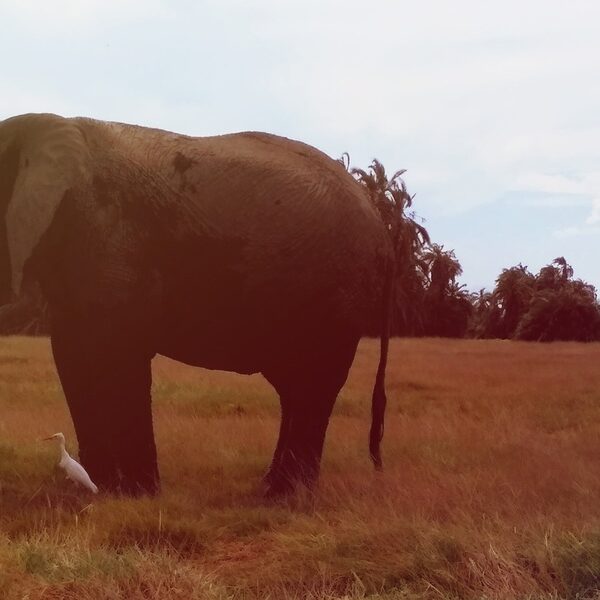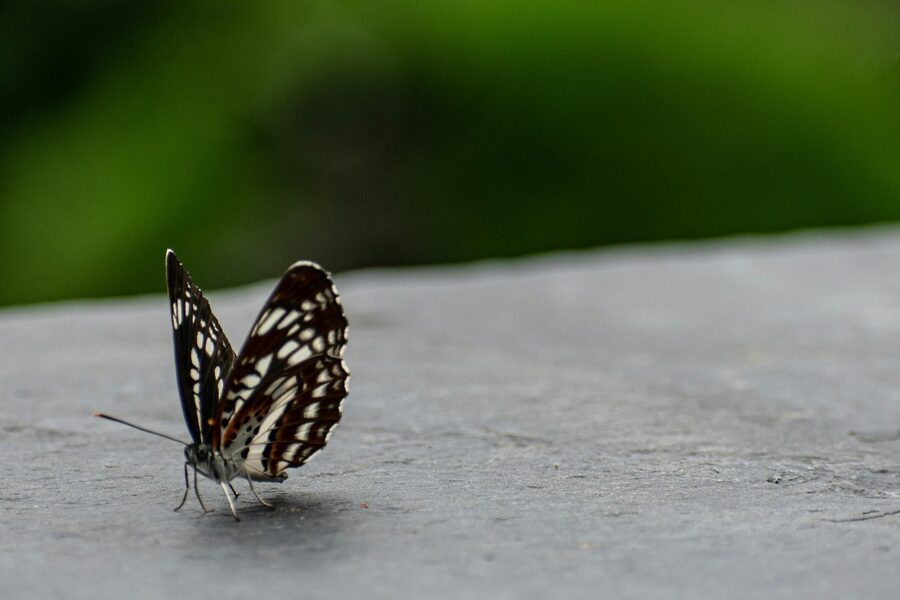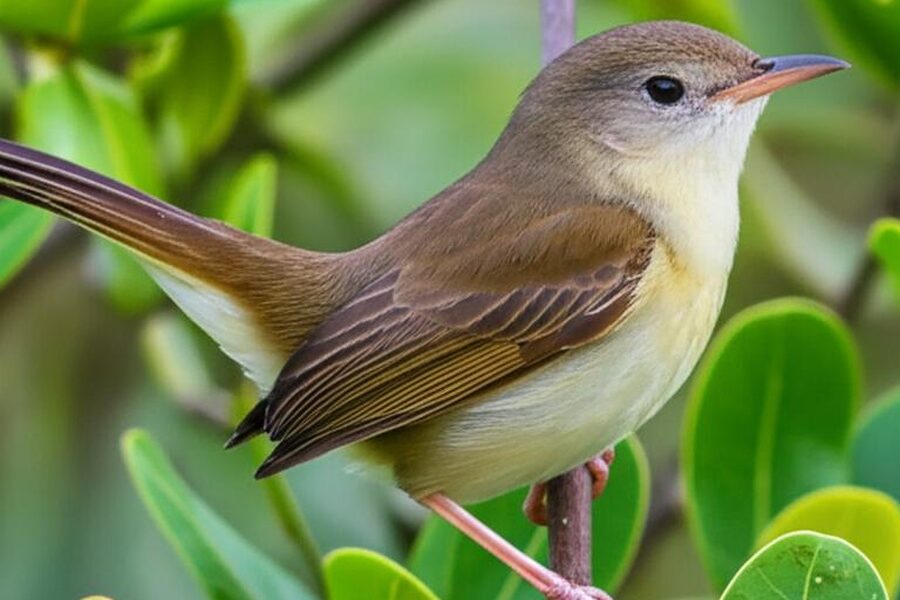Kansas City sits where river bottoms meet prairie and neighborhoods, creating a patchwork of habitats that still support a surprising range of wildlife. Urban streams, wetlands and remnant grasslands all play a role in which species persist or decline here.
There are 17 Endangered Species in Kansas City, ranging from American Bittern to Trumpeter Swan. For each species the list below shows Scientific name,Status (federal/state),Threats; you’ll find below.
How can residents help protect endangered species in Kansas City?
Simple local actions make a difference: restore native plants in yards, reduce lawn chemicals, protect wetlands and riparian buffers, keep pets leashed near sensitive areas, and report sightings to state or local conservation groups so managers get better data.
Where in Kansas City are you most likely to spot endangered species?
Look where natural habitats remain—river corridors, marshes, prairie remnants and conservation areas—especially during migration or breeding seasons. Join guided walks or contact local nature centers for the best, responsible viewing opportunities.
Endangered Species in Kansas City
| Common name | Scientific name | Status (federal/state) | Threats |
|---|---|---|---|
| Gray Bat | Myotis grisescens | Federally Endangered | Disturbance of caves, white-nose syndrome, water pollution, habitat loss. |
| Indiana Bat | Myotis sodalis | Federally Endangered | White-nose syndrome, habitat loss, disturbance of hibernation caves. |
| Northern Long-Eared Bat | Myotis septentrionalis | Federally Endangered | White-nose syndrome, a devastating fungal disease, has decimated its populations. |
| Pallid Sturgeon | Scaphirhynchus albus | Federally Endangered | River channelization, dams blocking migration, altered water flow, pollution. |
| Interior Least Tern | Sternula antillarum athalassos | Federally Endangered | Habitat loss from river channelization, flooding of nests, predation. |
| Topeka Shiner | Notropis topeka | Federally Endangered | Siltation from agriculture, stream channelization, water pollution, loss of off-channel pools. |
| Greater Prairie-Chicken | Tympanuchus cupido | Missouri State Endangered | Conversion of native prairie to agriculture, habitat fragmentation. |
| American Bittern | Botaurus lentiginosus | Missouri State Endangered | Wetland drainage for agriculture and development, water pollution. |
| King Rail | Rallus elegans | Missouri State Endangered | Loss and degradation of wetland habitat, especially large freshwater marshes. |
| Snowy Egret | Egretta thula | Missouri State Endangered (breeding) | Wetland loss, water pollution, historical plume hunting. |
| Trumpeter Swan | Cygnus buccinator | Missouri State Endangered | Lead poisoning, habitat loss, power line collisions. |
| Blacknose Shiner | Notropis heterolepis | Missouri State Endangered | Siltation, agricultural runoff, removal of aquatic vegetation. |
| Plains Topminnow | Fundulus sciadicus | Missouri State Endangered | Habitat loss due to stream channelization and poor water quality. |
| Blackside Darter | Percina maculata | Kansas State Endangered | Siltation, stream channelization, pollution from urban and agricultural runoff. |
| Central Greenside Darter | Etheostoma blennioides | Kansas State Endangered | Siltation that smothers eggs, agricultural runoff, dam construction. |
| Silverband Shiner | Notropis shumardi | Kansas State Endangered | Altered river flows from dams, river channelization, poor water quality. |
| Chestnut Lamprey | Ichthyomyzon castaneus | Kansas State Endangered | Dams blocking migration, chemical pollutants, declining host fish populations. |
Images and Descriptions

Gray Bat
This cave-dwelling bat forages over rivers and reservoirs in the KC area. It relies on a very small number of caves for hibernation, making it vulnerable to disturbance. Protecting caves and clean water is crucial for its survival in our region.
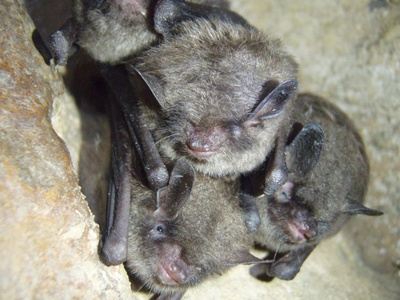
Indiana Bat
This bat hibernates in caves south of KC but spends its summers in wooded areas throughout the metro, often under the bark of shagbark hickory trees. Preserving mature forests and streamside corridors helps provide the summer habitat these bats need to raise their young.

Northern Long-Eared Bat
Found in forests across the KC metro, this bat has been pushed to the brink by white-nose syndrome. It roosts in trees during the summer. Avoiding tree removal during pup season (June-July) can help the remaining bats survive.
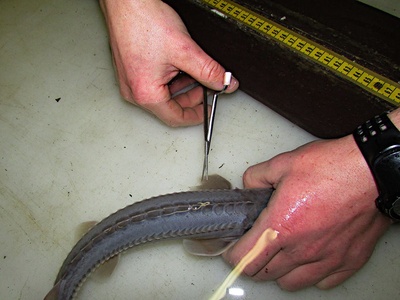
Pallid Sturgeon
A prehistoric “dinosaur fish” living in the Missouri River right through Kansas City. River modifications have destroyed its spawning habitat. Restoring natural river flows helps this ancient giant, which can live over 50 years and reach six feet long.
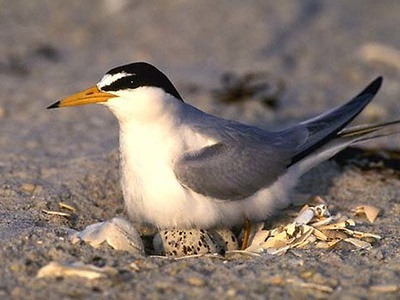
Interior Least Tern
This small, swallow-like bird nests on bare sandbars on the Missouri River near Kansas City. It requires open, sandy areas to lay its eggs. Efforts to restore sandbar habitat on the river are critical for its nesting success.

Topeka Shiner
This small minnow was historically found in quiet prairie streams in Johnson County, KS. It needs clean, clear water with vegetated pools. Restoring prairie streams and using conservation-friendly farming practices are key to its recovery.
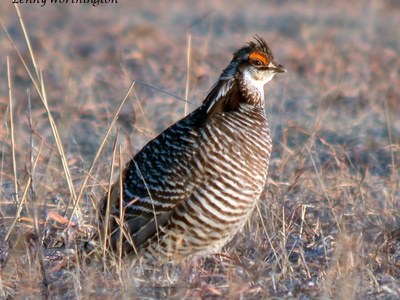
Greater Prairie-Chicken
Famous for its booming courtship dance, this grassland bird was once found on prairies surrounding Kansas City. Though gone from the immediate metro, protecting and restoring large tallgrass prairie remnants is the only way this iconic species can ever return.

American Bittern
A master of camouflage, this secretive heron hides in dense cattail marshes. It can be seen during migration in wetlands around the KC metro, such as Cooley Lake. Preserving large, healthy marshes is essential for this elusive bird.

King Rail
The largest and loudest North American rail, this chicken-sized bird depends on extensive marshes for survival. While rare, it can be found in large wetlands in the KC region. Protecting our remaining marshlands gives this secretive bird a fighting chance.
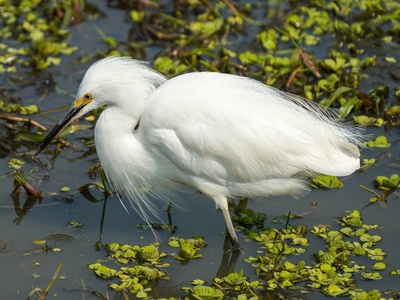
Snowy Egret
This graceful white egret with its signature “golden slippers” can be seen foraging in wetlands and along rivers in the KC area during migration. It is endangered as a breeding species in Missouri, making the protection of undisturbed nesting sites critical.
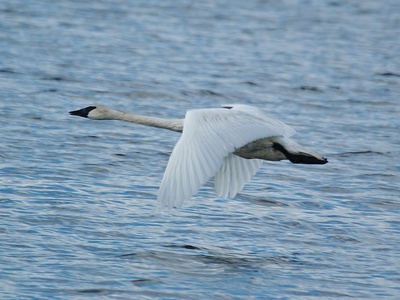
Trumpeter Swan
North America’s largest waterfowl, these magnificent swans were once hunted to near extinction. They are now seen during winter at large water bodies near KC, like Loess Bluffs. Conservation has helped them rebound, but they still face significant threats.
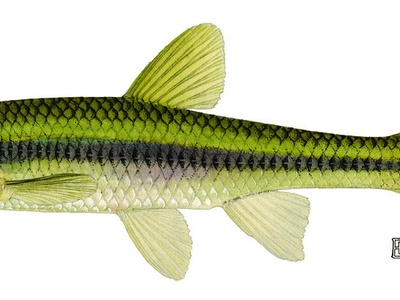
Blacknose Shiner
This small, sensitive minnow requires clear, cool, well-vegetated streams to survive. Historically found in streams in the northern KC metro, it has vanished from many due to habitat degradation. Improving water quality is essential for its survival.
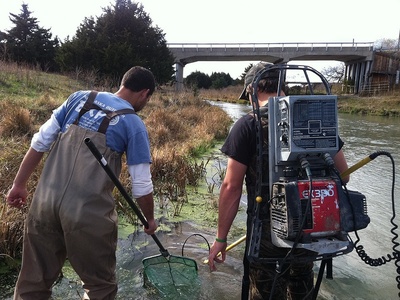
Plains Topminnow
A small, surface-dwelling fish found in quiet, clear streams with slow currents, including some in Clay and Platte counties. It is an indicator of good water quality, so its presence signals a healthy stream ecosystem that needs protection.
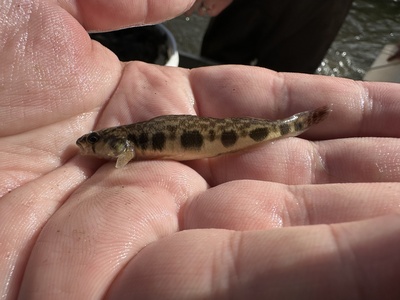
Blackside Darter
This small, distinctively marked fish is found in streams with clear water and gravel bottoms in Johnson County. Its presence indicates a healthy stream, but it is highly vulnerable to pollution and habitat changes from development.

Central Greenside Darter
Named for its bright green breeding colors, this darter lives in clear, fast-flowing, rocky streams. Historical records place it in Johnson County, but it is extremely sensitive to pollution and silt that clouds the water and covers its spawning habitat.
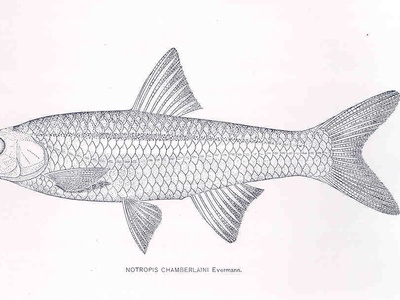
Silverband Shiner
This minnow is adapted to life in the strong currents of large, turbid rivers like the Missouri and Kansas Rivers in the KC metro. Changes to the river’s natural flow and depth have impacted its populations, highlighting the need for river restoration.

Chestnut Lamprey
This primitive, jawless fish lives in the Missouri River. It is parasitic, attaching to other fish to feed. Its life cycle depends on a healthy river and abundant host species, but it is threatened by dams and pollution.
